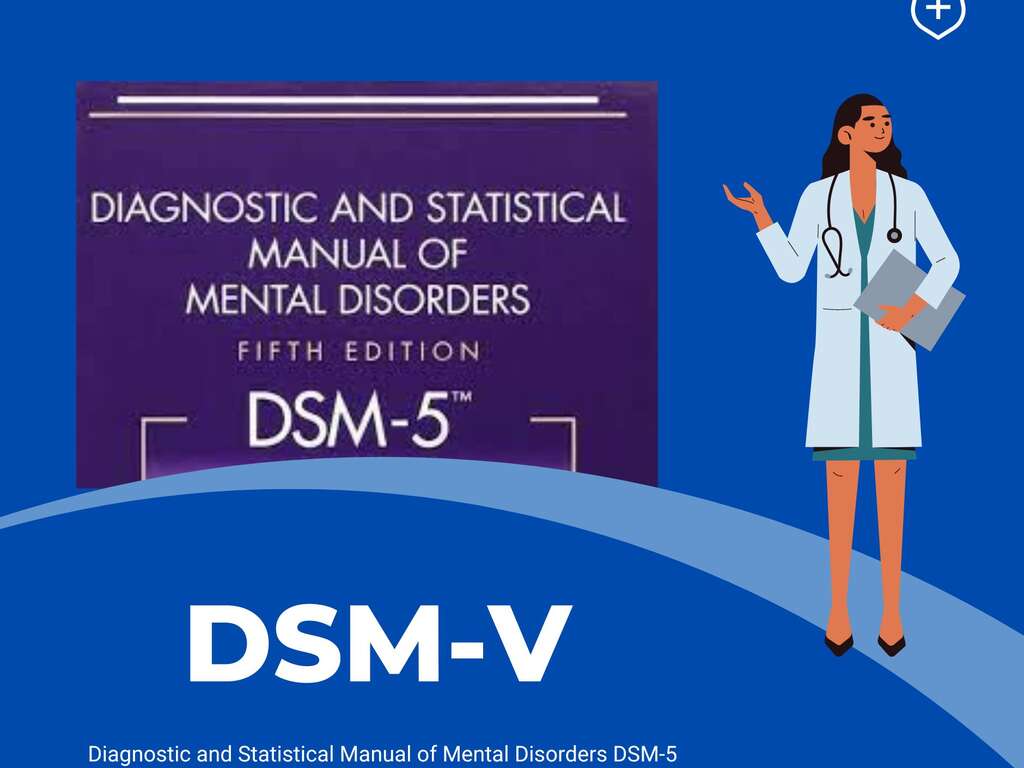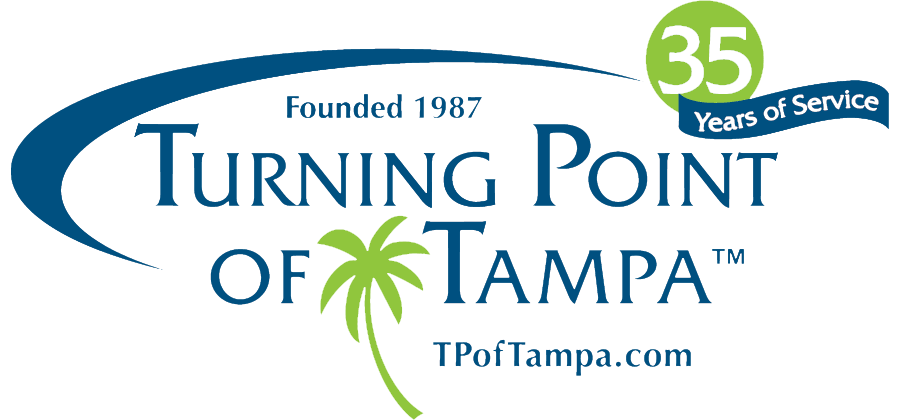Major depression is one of America’s most common mental health disorders. According to the National Institute of Mental Health, an estimated 21 million adults in the U.S. experienced at least one depressive episode in 2020. Yet, among these individuals, only 66% sought effective treatments.
Meanwhile, research suggests that up to 1/3 of people with depression have the same severe symptoms of substance abuse disorder. Whether they consume alcohol or recreational drugs, these individuals likely turn to substances to numb their emotional and physical pain.
Considering how the current figures represent a significant number of U.S. adults, it’s likely that you or someone you know is struggling with depression and/or alcoholism. This article explores depression basics, including the different causes, types, and symptoms of depression.
It also further discusses the relationship between substance use and mental disorders. With more information on the matter, you can seek the appropriate help for you or your loved one. Here’s a comprehensive look at this condition, called major depressive disorder, which affects millions of adults.
How Can You Tell That Someone Is Depressed?

Depression symptoms look different from person to person. They will also vary depending on the type of depression a person suffers. However, common symptoms remain constant across the different types of this mental illness.
In general, depression manifests as various emotional and physical problems. They can affect anyone and occur for extended periods during a single day. However, most depressive episodes take up nearly the entire day. Symptoms of depression include:
Chronic melancholy:
People with depression struggle with feelings of hopelessness, worthlessness, and guilt. They can also cry more often than usual and for extended periods. Many who experience depression also describe the mental health disorder as a feeling of emptiness.
Irritable:
People with major depression can also experience angry outbursts and frustration over small matters. These episodes are usually out of character, such as when someone is normally calm and collected yet they lash out at loved ones for no reason.
Anxiety:
Depression symptoms occur alongside symptoms of anxiety disorders sometimes. They can also overlap, suggesting that a person is living with both mental health conditions. Anxiety or restlessness can look like a person who can’t sit still or is always on edge.
Appetite or weight changes:
Depression can cause someone to suddenly lose their appetite or drastically change their eating habits. Accordingly, they either lose or gain significant amounts of weight. People around them will immediately notice the changes.
Disinterestedness:
Someone with clinical depression can lose interest in the hobbies and activities that they once enjoyed. They can look more withdrawn from the world and have significantly less energy than before. Similarly, they may be fatigued even after having hours of sleep.
Sleep disturbances:
Extended hours of sleep or severe lack of sleep is another common symptom of depression. Insomnia is when a person can’t fall asleep, while hypersomnia is excessive sleeping.
Delayed thinking and movement:
Clinical depression can cause slowed thinking, speech, and body movements. A person with depression may have trouble concentrating or making decisions. They can move more slowly than usual and speak with a soft voice.
Physical aches and pains:
Depression also causes physical symptoms without apparent reason. These include unexplainable headaches, backaches, and stomach aches. Older adults are especially more prone to these depression symptoms and may attribute the chronic pain to just aging, failing to consider mental health disorders as possibilities.
Memory problems and personality changes:
Other symptoms of depression common in older adults include forgetfulness and sudden changes to the personality. Left untreated, people who experience depression can end up with an overall decline in cognitive function.
Suicidal thoughts:
Finally, a person expressing thoughts of suicide and even going so far as to attempt it is a major symptom of this mental health condition. Those who experience depression will likely take action on the emptiness and worthlessness they feel unless they undergo depression treatment.
Anyone exhibiting at least one of these severe symptoms of depression is likely to have the condition or related mental disorders. Moreover, those struggling with depression may resort to alcoholism to suppress their symptoms.
Self-medicating with alcohol does more harm than good. If you are concerned about yourself or a loved one exhibiting depression symptoms, consult a professional for a proper diagnosis and seek treatment before the condition worsens.
Types of Depression

Depression comes in several different forms. Some types are mild and only last a short while, while others are more severe. They can also affect people differently. Regardless of the type of depression a person lives with, they may use alcohol for temporary pleasure during their depressive episodes.
Since different depression types vary in duration, those with a more severe condition can potentially develop alcohol abuse to ease the feelings of emptiness. Later on, they become dependent on alcohol for the happiness that their condition stops them from feeling.
Here’s a closer look at the different types:
Major Depressive Disorder (MDD)
Most people would refer to MDD or clinical depression when they mention depression. This condition involves intense or overwhelming symptoms of depressive disorders that last more than two weeks. Moreover, its symptoms interfere with a depressed individual’s everyday life, unable to shake off the depressed mood.
Symptoms of depression include extended periods of severe sadness or hopelessness. Depressed individuals also experience a loss of interest or pleasure in things that they usually enjoy. In addition, they may experience angry outbursts or episodes of frustration over small things.
Older adults can also exhibit symptoms of depression, which must be a point of concern because they are not normal parts of growing old. These symptoms include losing interest and appetite unrelated to other medical conditions, a growing preference to be alone, and suicide attempts.
Bipolar Depression
Bipolar disorder is a depressive condition wherein the individual experiences alternating periods of a low, depressed mood and a high-energy or manic episode. These intense moods shift back and forth, lasting for days, weeks, or even months. Accordingly, they could struggle with carrying out their daily tasks.
During a depressed phase, bipolar individuals may experience all the symptoms of a person with MDD. Meanwhile, their manic episodes involve an abnormally elated or irritable mood. Those in a manic phase talk faster, sleep less, and take more risks than usual. For example, they could recklessly spend money gambling or engage in promiscuous behavior.
Bipolar depression also comes in different types, particularly bipolar I, bipolar II, and cyclothymia. Each type has unique criteria based on the time they experience mood swings. In addition, some people with depression do not meet the criteria of these bipolar types. Thus, a mental health professional will diagnose them with an unspecified bipolar disorder.
Perinatal and Postpartum Depression
Perinatal depression is a type of depression that individuals develop during pregnancy. Postpartum depression is a common name. It can be a mild depression or a major depression, depending on the symptoms’ severity. Those with this type of depression can experience its symptoms while pregnant and up to one year after giving birth.
Postpartum depression is only one of three mood disorders. However, it ranks second in severity. Baby blues or postpartum blues is the first and mildest form. This type of depression is more common and only lasts for a few days or weeks after childbirth. Individuals usually seek relief from family members or friends.
Meanwhile, postpartum psychosis is the most severe form of perinatal depression. It tends to be rare among childbearing individuals. When it does occur, symptoms manifest as soon as they give birth and will last for weeks up to several months. Those with this type of depression require immediate medical attention, as they may harm themselves or their babies.
Persistent Depressive Disorder (PDD)
Also known as dysthymia, PDD symptoms are milder than major depression. Despite being less severe, this mood disorder can affect a person for years. In some cases, persistent depressive disorder symptoms can occur beyond two years. Their intensities fluctuate through the years and may seem entirely gone for about two months but resume right after.
Persistent depressive disorder symptoms include loss of interest in daily activities, low self-esteem, feelings of hopelessness, excessive anger, worriedness over past events, and avoidance of social activities. Poor appetite is another symptom, which can usually manifest as overeating.
People are likely to develop these symptoms if they have a first-degree relationship with someone with related disorders. Surviving a traumatic or stressful event from the past is another risk factor contributing to the development of persistent depressive disorder. Experts suggest seeking medical attention if a person thinks they could hurt themselves.
Premenstrual Dysphoric Disorder (PMDD)
People who experience premenstrual dysphoric disorder (PMDD) feel depressed, anxious, and irritable a week before their period starts. Their symptoms are more severe than the average person experiences during premenstrual syndrome (PMS). Around 3%-8% of women of reproductive age have PMDD.
Common symptoms include anger and irritability, anxiety and panic attacks, depression and suicidal thoughts, difficulty concentrating, lethargy, binge eating, headaches, insomnia, and mood swings. These symptoms can appear one or two weeks before a person begins their cycle. They can go away within days after their period starts.
Most healthcare professionals will prescribe antidepressants or hormonal birth control medicine to help manage PMDD symptoms. However, if left untreated, PMDD can lead to major depressive disorder, in extreme cases, suicide. Thus, women must seek medical attention if they experience these symptoms.
Psychotic Depression
Psychotic depression is a type of depression that adds psychosis to the symptoms of MDD. Psychosis includes hallucinations, delusions, psychomotor impairment, and a state of stupor. Surveys suggest that 10% and 19% of people who experience a major depressive episode can have psychotic depression.
On top of the frequent thoughts of suicide that come with MDD, psychosis symptoms affect a person’s perception of reality. Psychotic hallucinations and delusions usually involve believing one has serious health conditions despite several tests debunking them. In addition, other people might have an irrational suspicion that others want to harm them.
The combination of MDD and psychosis makes this mood disorder understandably frightening. Accordingly, people with this type of major depression are at a higher risk of harming themselves or others. Therefore, people with this condition need to seek medical attention as soon as possible, especially if they have no close friends or family members to confide in.
Seasonal Affective Disorder (SAD)
Seasonal affective disorder or seasonal depression is a condition that usually starts in the fall and extends through the winter. Also known as winter depression or winter blues, SAD is a type of major depressive disorder that follows a seasonal pattern. According to the American Psychiatric Association, around 5% of Americans get SAD.
Common SAD symptoms include fatigue and weight gain. The kind of fatigue that this type of depression causes occurs even when the person has gotten hours of sleep. Meanwhile, the weight gain associated with this seasonal mental health disorder usually involves overeating and craving carbohydrates.
Other symptoms of major depression also manifest in the window of SAD: depressed mood, decreased interest in activities that once brought joy, social withdrawal, and difficulty concentrating. Talk therapy is usually the go-to treatment for SAD. Light therapy is also an effective treatment for seasonal depression.
What Are the Causes of Severe Depression?
There is no single cause for severe depression. Rather, it is likely due to a complex combination of genetic and environmental factors. However, experts suggest that the following factors may be involved in people who develop mental disorders:
Family History
Mental illnesses, including depression, are likely passed down between generations. According to the National Institute of Mental Health, men with a family history of the illness may be more likely to develop it than others. Researchers continue trying to identify the genes associated with depression.
Biological Differences
Researchers note that people living with depression seem to have brains with physical changes. Although they cannot immediately link the changes with depression, further research may help determine whether they cause the development of mental illnesses.
Unstable Neurochemistry
Experts also note the role of brain chemistry in causing and treating depression. According to their research, changes in how neurotransmitters function and interact with other brain chemicals that stabilize a person’s mood are likely involved in the development of depression.
Hormonal Imbalances
Hormones that lose balance may trigger depression. Some conditions that cause changes in hormonal balance include pregnancy, postpartum, thyroid problems, and menopause.
Environmental Factors
A person’s environment is another possible factor in developing depressive disorders. Stressful life events, such as job loss or the death of a close friend or family member, can trigger an episode. Some people may also have a history of abuse or neglect in their immediate environment.
Risk Factors
Even without a direct cause, some people are more likely to develop major depression than others. The following trigger symptoms may increase a person’s risk of developing the medical condition:
- History of mental illness: People diagnosed with other disorders for alcoholism, anxiety, eating, or post-traumatic stress may also be living with mild or moderate depression.
- Family history of depression: Individuals with blood relatives with suicidal thoughts or self-harm tendencies can be at risk of developing the condition. Likewise, families with a history of alcohol addiction can further influence the condition.
- Chronic illness: A person living with a serious medical condition, such as cancer, stroke, or heart disease, is likely to experience feelings of hopelessness associated with depression.
- Minority status: Members of the lesbian, gay, bisexual, and transgender community who live in an unsupportive environment may develop depression.
- Prescription drugs: People who take certain medications, including sleeping pills and high blood pressure meds, may contribute to depression.
- Negativity: People with low self-esteem or who are extremely critical of themselves are likely to experience depressive episodes.
- Surviving trauma: People who went through physical abuse, sexual abuse, family loss, financial struggles, or the like during their childhood are at a higher risk of developing depression.
- Substance abuse: Those who abuse alcohol or recreational drugs can be at a higher risk of developing mental illnesses and depression disorders.
Many risk factors of depression reflect the risk factors of alcohol abuse. For instance, high levels of stress due to environmental factors can trigger individuals to drink alcohol as a way to relax. However, as a depressant, the constant alcohol consumption would worsen their situation.
If you or someone you know is struggling with depression and expresses self-harm or suicidal behavior, connect the national suicide prevention lifeline by dialing 988 or texting HELLO to 741741.
What Is the Connection Between Mental Health and Alcohol or Drug Use?
According to the National Institute of Mental Health, mental health disorders can contribute to substance use disorders. For example, people who live with anxiety, depression, or post-traumatic stress disorder (PTSD) may turn to alcohol or drug use to self-medicate.
Although some prescription substances can temporarily improve depression symptoms, consistent substance usage may lead to drug or alcohol abuse. Thus, they are likely to exacerbate the disorder and cause further damage to the individual.
Conversely, substance abuse disorders can trigger structural changes in the brain. Accordingly, a person with a SUD may develop mental disorders with constant substance use.
How to Treat Depression

Treatment options to help reduce symptoms of depression and, in turn, minimize the risk of developing alcoholism, include:
Antidepressant Medications
Doctors can prescribe specific medicines to help prevent depression from developing. Antidepressants come in different types, including:
- Selective serotonin reuptake inhibitors: SSRIs are the basic drugs that doctors might prescribe to patients exhibiting symptoms of depression. These antidepressants generally have fewer side effects than others.
- Serotonin-norepinephrine reuptake inhibitors: SNRIs help relieve several depression symptoms, including irritability and sadness. Doctors can also prescribe this for people with anxiety disorders and nerve pain.
- Monoamine oxidase inhibitors: MAOIs are antidepressants that doctors prescribe when other options do not work as well as expected. This is usually the last resort because of the potential serious side effects.
Psychotherapy
This treatment option involves discussing one’s condition and issues with a mental health professional. Also known as psychological therapy or talk therapy, professionals will help patients unpack what may be the root cause of their depression to truly understand how to overcome it.
Psychotherapy sessions aim to help patients develop healthy coping mechanisms and set realistic goals to prevent them from falling into hopelessness. With the right professional on their side, patients can regain a sense of life satisfaction.
Common types of psychotherapy include:
- Cognitive Behavioral Therapy: CBT is one of the most common, effective types of therapy. This therapeutic method helps patients understand how their thoughts and feelings affect their actions. Alcohol counselors can also be part of continued treatments.
- Interpersonal Therapy: IPT is a type of therapy that focuses on managing patients’ relationships. IPT helps patients build strong, supportive relationships to reduce negative feelings and improve communication skills.
Professionals may suggest alternative procedures if these traditional psychotherapy sessions are ineffective. These brain stimulation therapies include:
- Electroconvulsive therapy: ECT sends electrical currents to the brain, targeting the patient’s neurotransmitters. Electroconvulsive therapy is only for patients with severe treatment-resistant depression who did not respond well to other options.
- Transcranial magnetic stimulation: TMS involves treatment coils that doctors will place against the patient’s scalp to send magnetic pulses, targeting the brain’s nerve cells associated with regulating mood.
Final Words: Turning Point of Tampa – Help for Depression and Alcoholism

Alcohol abuse and depression are complex mental illnesses that can come from various factors. While they can be difficult to overcome, there are many ways to get help. If you or someone you love is struggling with alcoholism and depression, Turning Point of Tampa understands and can help.
For many years, Turning Point of Tampa has helped thousands find recovery. Learning to combat depression, addiction and alcoholism combined is called dual diagnosis -meaning addressing two issues simultaneously. Our medical and clinical teams are skilled in addressing dual diagnosis. We are very successful in helping our clients find a new outlook on life and implementing the skills to experience hope again.
With many resources available to get you on the road to recovery, know if you are seeking help today – Turning Point of Tampa is available.


